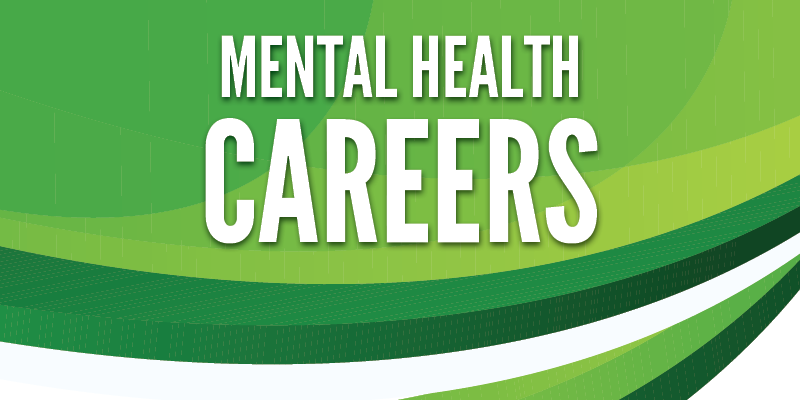
The National Institute of Mental Health estimates that more than 1 in 5 U.S. adults live with a mental illness. Among adolescents, the prevalence of mental disorders is even higher. Along with a growing awareness of the importance of mental health and the need for treatment, the demand for workers who can help is increasing.
If you’re interested in a career supporting mental health, you may want to consider these five occupations that the U.S. Bureau of Labor Statistics projects will grow much faster than average over the 2021–31 decade.
Together, they employed about 761,000 workers in 2021 — and they are expected to have more than 91,000 openings on average each year through 2031. The education typically required to enter these occupations ranges from a high school diploma to a master’s degree, and they all pay around or more than the $46,310 median for all occupations in 2022.
Community health workers
What they do: Promote wellness by helping people adopt healthy behaviors.
Projected employment growth, 2021–31: 15.9% (much faster than average)
Number of jobs, 2021: 67,000
Occupational openings, projected 2021–31 annual average: 8,800
Median annual wage, 2022: $46,190
Typical entry-level education: High school diploma or equivalent
Healthcare social workers
What they do: Provide individuals, families, and groups with the support they need to cope with chronic, acute, or terminal illnesses.
Projected employment growth, 2021–31: 11.1% (much faster than average)
Number of jobs, 2021: 179,500
Occupational openings, projected 2021–31 annual average: 19,700
Median annual wage, 2022: $60,280
Typical entry-level education: Master's degree
Marriage and family therapists
What they do: Help people manage and overcome problems with their family or other relationships.
Projected employment growth, 2021–31: 13.9% (much faster than average)
Number of jobs, 2021: 65,300
Occupational openings, projected 2021–31 annual average: 6,400
Median annual wage, 2022: $56,570
Typical entry-level education: Master's degree
Mental health and substance abuse social workers
What they do: Assess and treat individuals with mental, emotional or substance abuse problems.
Projected employment growth, 2021–31: 11.1% (much faster than average)
Number of jobs, 2021: 119,800
Occupational openings, projected 2021–31 annual average: 12,700
Median annual wage, 2022: $51,240
Typical entry-level education: Master's degree
Substance abuse, behavioral disorder, and mental health counselors
What they do: Advise people on a range of issues, such as those relating to alcoholism, addictions or depression.
Projected employment growth, 2021–31: 22.1% (much faster than average)
Number of jobs, 2021: 351,000
Occupational openings, projected 2021–31 annual average: 43,600
Median annual wage, 2022: $49,710
Typical entry-level education: Bachelor's degree
Learn more about these and hundreds of other occupations in the Bureau of Labor Statistics Occupational Outlook Handbook.
Follow BLS on Twitter at BLS_gov.

 U.S. Department of Labor Blog
U.S. Department of Labor Blog





